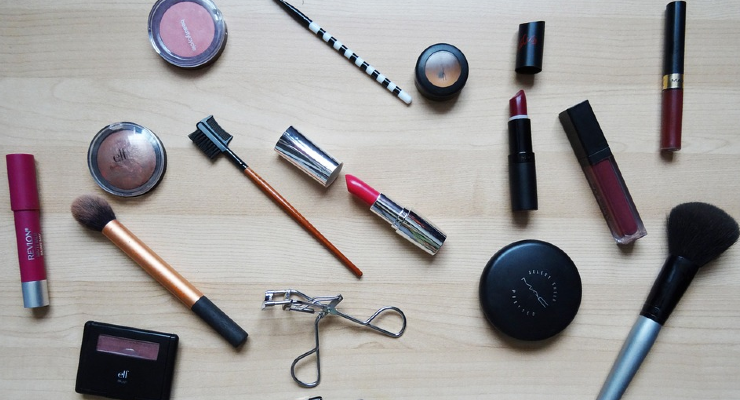Charles Sternberg, Assistant Editor03.15.21
According to a recent report from Allied Market Research, the global cosmetics industry generated $380.2 billion in 2019, and is expected to reach $463.5 billion by 2027, witnessing a CAGR of 5.3% from 2021 to 2027.
A surge in desire for skin care products, demand for natural ingredients in cosmetic products, and changes in packaging styles and marketing strategies are driving the growth of the global cosmetics market. However, the advent of advanced beauty treatments and awareness regarding probable side effects hinder the market growth. Still, increase in demand for organic cosmetics will create new opportunities in the coming years.
Based on category, the skin and sun care products segment held the highest market share, contributing to around two-fifths of the global cosmetics market in 2019, and will maintain its lead status during the forecast period. This is due to availability in technically advanced, complex, and diverse categories and a rise in awareness about beauty. However, the deodorants and fragrances segment is estimated to witness the highest CAGR of 7.2% from 2021 to 2027, owing to continuous product innovations and technological advancements.
Based on region, Asia-Pacific, followed by North America, contributed to the highest share in 2019, holding more than one-third of the global cosmetics market, and will maintain its lead position by 2027. This region is estimated to register the highest CAGR of 6.5% during the forecast period. This is due to various strategies such as new product launches adopted by market players to increase their customer bases and expand their operating areas across various countries.
Leading market players include Avon Products Inc., Kao Corporation, L'Oreal S.A., Oriflame Cosmetics S.A., Revlon Inc., Shiseido Company Limited, Skin Food Co. Ltd., The Estee Lauder Companies Inc., The Procter & Gamble Company and Unilever Plc.
A surge in desire for skin care products, demand for natural ingredients in cosmetic products, and changes in packaging styles and marketing strategies are driving the growth of the global cosmetics market. However, the advent of advanced beauty treatments and awareness regarding probable side effects hinder the market growth. Still, increase in demand for organic cosmetics will create new opportunities in the coming years.
Based on category, the skin and sun care products segment held the highest market share, contributing to around two-fifths of the global cosmetics market in 2019, and will maintain its lead status during the forecast period. This is due to availability in technically advanced, complex, and diverse categories and a rise in awareness about beauty. However, the deodorants and fragrances segment is estimated to witness the highest CAGR of 7.2% from 2021 to 2027, owing to continuous product innovations and technological advancements.
Based on region, Asia-Pacific, followed by North America, contributed to the highest share in 2019, holding more than one-third of the global cosmetics market, and will maintain its lead position by 2027. This region is estimated to register the highest CAGR of 6.5% during the forecast period. This is due to various strategies such as new product launches adopted by market players to increase their customer bases and expand their operating areas across various countries.
Leading market players include Avon Products Inc., Kao Corporation, L'Oreal S.A., Oriflame Cosmetics S.A., Revlon Inc., Shiseido Company Limited, Skin Food Co. Ltd., The Estee Lauder Companies Inc., The Procter & Gamble Company and Unilever Plc.




























